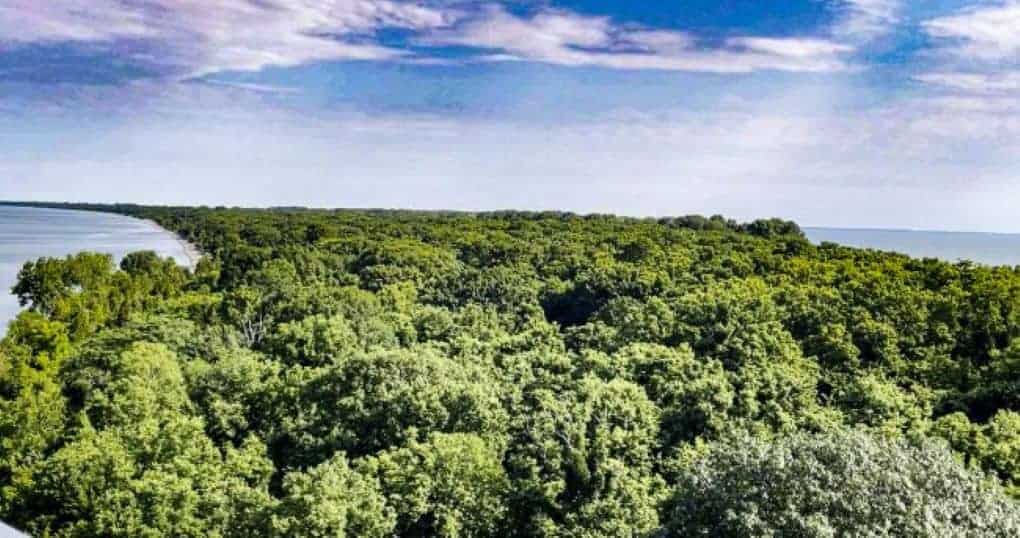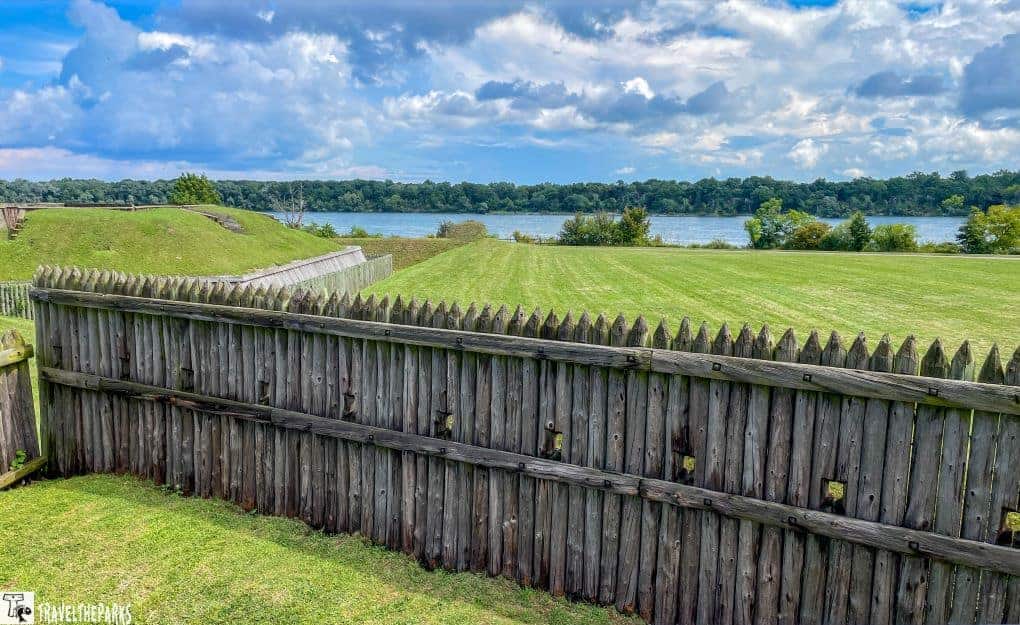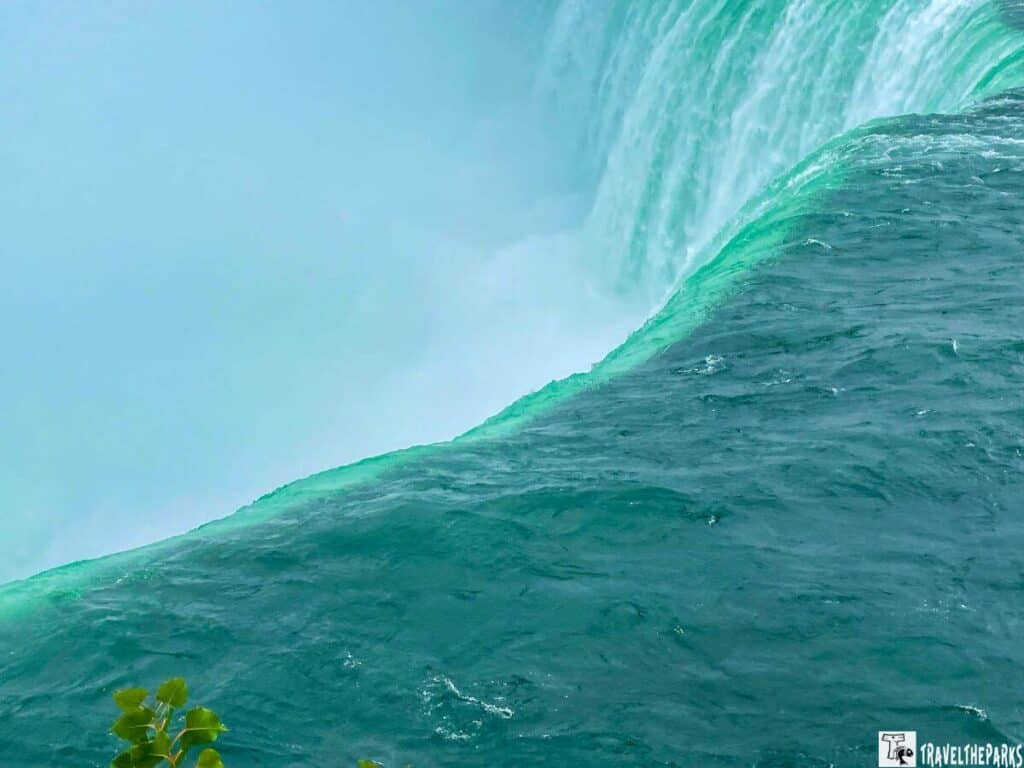
This post may contain affiliate links, meaning if you purchase something through one of these links, we may earn a small commission at no extra cost to you! Read the full disclosure policy here
Table of Contents
Getting To Point Pelee National Park
From the east:
- Take ON-401 E to exit 21 for County Road 19/Manning Road toward Tecumseh
- Turn right onto Manning Rd/County Rd 19
- 10.5 km turn left onto ON-3 E
- 28.5 km turn right onto Essex 33
- 4.5 km turn right onto Seacliff Dr E/Essex 33/Essex County Rd 20
- Turn left onto Bevel Line Rd/Essex 33
- 6.1 km continue onto Point Pelee Drive
From the west:
- Take ON-401 W to exit 63 for County Road 2/Queen’s Line toward Tilbury
- Turn right onto Queen’s Line/Chatham-Kent County Rd 2
- 3.3 km turn left onto Davidson Rd
- 1.3 km turn right onto Middle Line/Chatham-Kent County Rd 8
- 2.3 km turn left onto Wheatley Rd/Chatham-Kent County Rd 1
- 17.6 km turn right onto Talbot Rd W/County Rd 34 W
- 7.2 km turn left onto Mersea Rd 15
- 2.6 km turn right onto Mersea Rd 2
- 1.2 km turn left onto Mersea Road 12
- 5.2 km-turn left onto Point Pelee Dr/Essex 33
The park is open year round. Park summer hours are 6 am through 10 pm, Mid-April through Labor Day. In the winter 7am till sunset. Admission is currently $7.90 per adult or $16.00 per vehicle (up to 7).
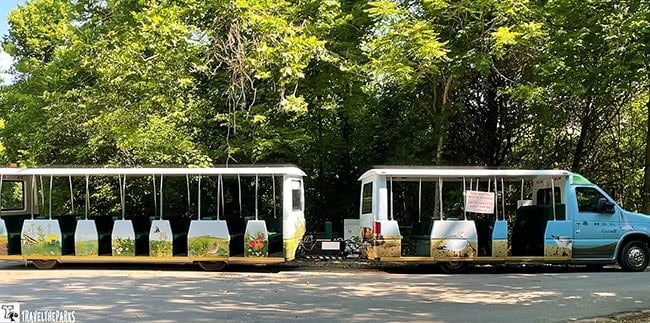
History of the Point Pelee National Park
Established as a national park on May 29, 1918, Point Pelee is the 2nd smallest park. The peninsula is slightly over six kilometers long by 4.5 kilometers (2.8 mi) wide at its base. Despite its tiny size, the park is jam-packed with activities for everyone to enjoy, no matter what time of the year you visit. The park is renowned for being a birder’s paradise, however summers see hoards of beachgoers looking to cool off in the shallow waters of Lake Erie.
Early French explorers named the park “bald point” or “Pointe-Pelée” referring to the lack of trees and rocky shoreline they encountered. The Indigenous people called Point Pelee and Pelee island home. Caldwell First Nation and Walpole Island First Nation have called Point Pelee home for over 6000 years. They removed Caldwell First Nation people from a newly designated Point Pelee National Park in 1922.

Recognized as vital wetland habitat in 1987, they gave the park the Ramsar Convention Wetland of International Importance distinction. The ecological diversity of the park makes for an ideal habitat for many species of migratory waterfowl. Sustaining this habitat is vital for many of these species.
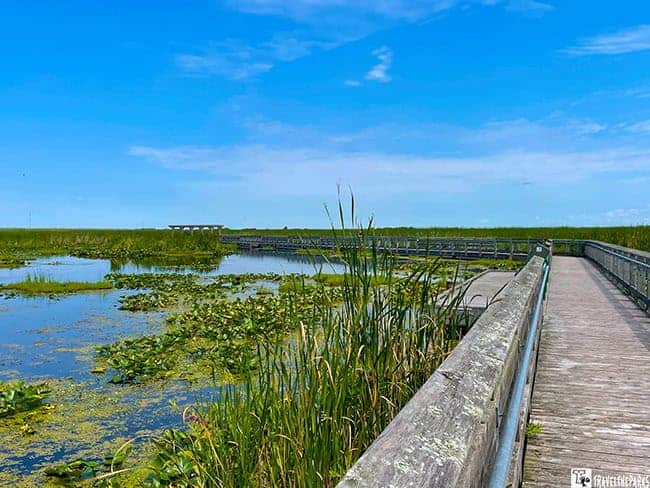
Meander the Marsh Boardwalk
The 0.7-mile (1-km) boardwalk traverses through the marshy wetland environment. Marsh habitat covers 2/3 of the park. It is predominantly has lush green cattails and water lilies. We strolled the marsh boardwalk at a slow, easy pace, stopping every few feet to take in the views or read the informational signs. For us, slower was the perfect pace that allowed us to sit on the bench and watch the Mute Swans with their four cygnets. The proud family nibbled on underwater grasses coming very close without fear. We had a wonderful experience finding some Midland Painted turtles. These are the most commonly seen turtle in the park. I spotted a few basking in the sun along the boardwalk. The red ears always give them away.
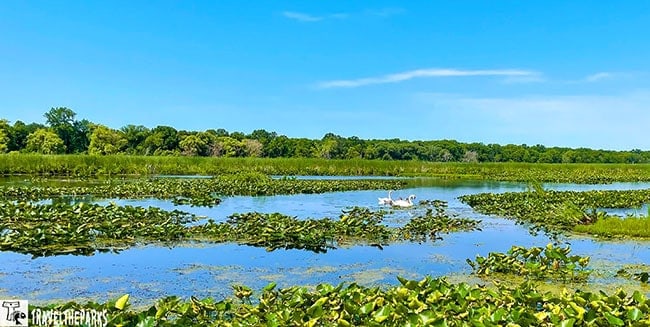
We climbed the large viewing tower. The top of the tower provides excellent panoramas of the picturesque marsh for good photographing. On the way down the from the platform, we spent a few minutes watching barn swallows that had built multiple nests in the cracks and crevices of the overhangs of the tower.
Kayak and canoe rentals are available at the marsh store run by the Friends of Point Pelee. You are welcome to bring their own canoe or kayak. The cost is minimal $30-1st hour-15 per hour after. Includes life jackets (per person), 2 paddles and marine safety kit. Maximum of three to a canoe. You can also do the 10 person guided canoe trip offered by the park service.
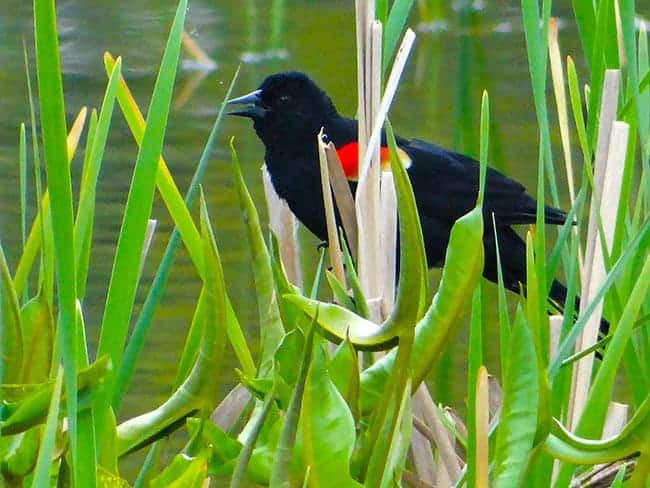
This Park is a Birder’s Paradise
Point Pelee National Park lies in a location that is ideal for migratory birds. The park has recorded over 390 species of birds. The diverse habitats provide for most of the needs of birds heading north in the spring and south in the fall along the migratory corridor. Most of the birds that arrive at Point Pelee in May continue on to breeding grounds further north. The waters of Lake Erie heavily influence the climate of the peninsula. Carolinian Forest lines the shoreline’ ideal habitat for a kaleidoscope of different species. They purchased middle island as part of the park in 1999. As part of the Erie Archipelago, the island offers a resting point for migrating birds crossing to Ohio the via Bass Islands.
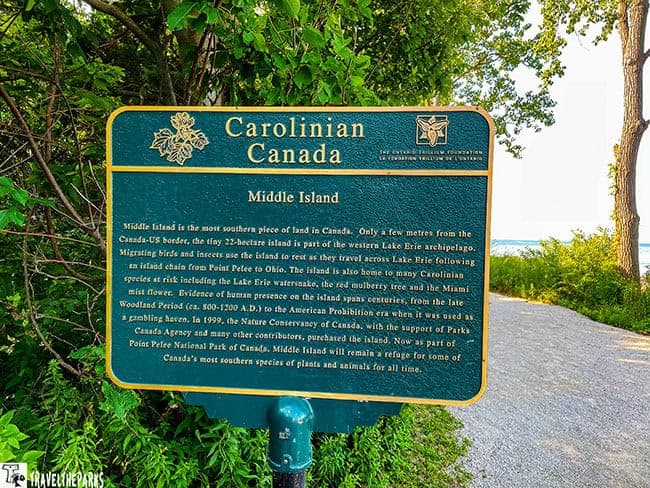
Each May the park hosts the Festival of Birds. Here the amateur birder can speak with professional ornithologists and learn from photographers through various events that are part of the festival each year.

Pelee is famous for its many nesting birds. Each year black terns return to nest in the wetland marshes. The distinctive dark head and chest and gray wings make them easy to see in the vegetation. While sitting on the beach, you might spot the large reddish-orange bill of the Caspian Tern. We saw many Bonaparte Gull’s on the shoreline at the tip. They are the most common hooded gull in Ontario.
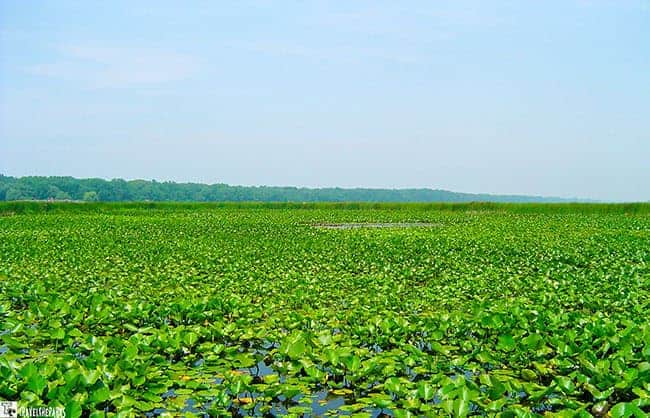
Start Your Journey at the Point Pelee National Park Visitor Center
The information center was excellent, and the staff was very helpful in answering our questions. The Visitor Centre had a 9 minute video about the park and its history and educational displays about the monarch butterfly and bird migrations,
Many trails start at here. The Shuster trail is 1-km that leads to the east beach and the 1-km Tilden trail connects to the Chinquapin Oak Trail. The park shuttle to the Tip trail also connects here.

Complete Guide to Experiencing Point Pelee National Park: Hiking Trails
Getting off the beaten path is easy in the park. There are trails and footpaths throughout the park with many spots to pull over and stop where you can enjoy a beach or viewpoint.

Exploring DeLaurier Homestead & Trail
We stopped to walk the 0.7-mile (1.2 km) loop hike of the DeLaurier Homestead. The old homestead has the log house and barn. History buffs will enjoy the step back in time. Inside the home are period displays of the furnishings from the 1940s.
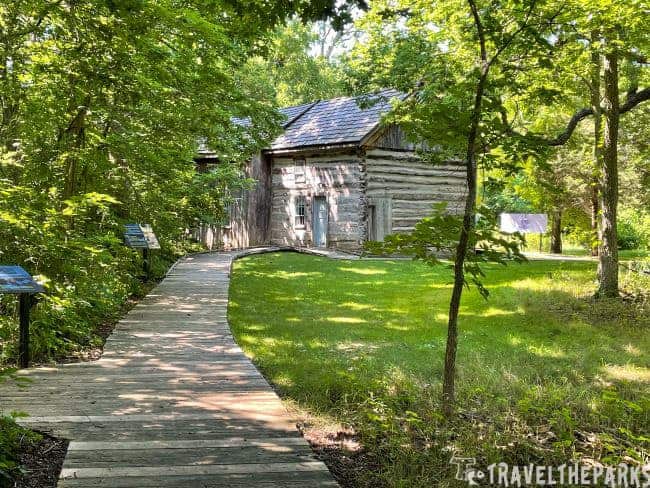
Inside the barn are exhibits and artifacts that detail the history of the site. Starting with the indigenous people 10,000 years ago, they visited this area seasonally, gathering nuts and berries in the fall. Homesteaders used the land for farming, fishing, and hunting. They built the canals as irrigation in the early 1900s to supply apple orchards.
The wide gravel path traverses through various habitats and takes about 20-30 minutes to complete.

As we entered the swamp, we noticed large piles of grass in the marsh. At first I mistakenly thought they were beaver lodges, but discovered they were piles of European common reed grass. I learned that European common reed is a tall, alien and invasive perennial grass often found in wetlands, ditches, lakeshores, and other shallow aquatic environments. Introduced in the 1800s, they considered it to be Canada’s “worst” invasive plant. Removing invasive species allows native marsh plants and animals to thrive, according to park officials. A small viewing tower overlooks the swampy canals.
It is interesting to note that Point Pelee, at one point, was used as a marine harbor for lumber for the King’s Navy yard for ship construction for Fort Malden. The British wanted to preserve the timber for future navy use. Good thing or there would probably be no trees here at all.

The Canadian National Park: Red Chair Experience
One surprise was the “red chairs.” They placed these in national parks and national historic sites throughout Canada. The Adirondack (Muskoka) chairs are for visitors to connect to nature. Relaxing and enjoying the tranquility of these special places. We did not understand the significance when we encountered them on the boardwalk. Later, we learned more about the program when we visited Fort Malden in Amherstburg.
I found six turtle species live within Point Pelee National Park. We saw many basking in the sun, sitting on logs. We can find some of the at risk species on this trail such as the Mallow Rose, Red-headed woodpecker and flying squirrel. Luckily, we spotted all three on our walk today!

Chinquapin Oak Trail
The trail is a 2.5-mile (4-km) loop can be combined with the Centennial Bike trail and Tilden Woods trail. Named for the many chinquapin oak, we started from the White Pine picnic area. A large screened pavilion is an ideal stop for lunch or a snack, saving you from the hot afternoon sun and flying bugs.
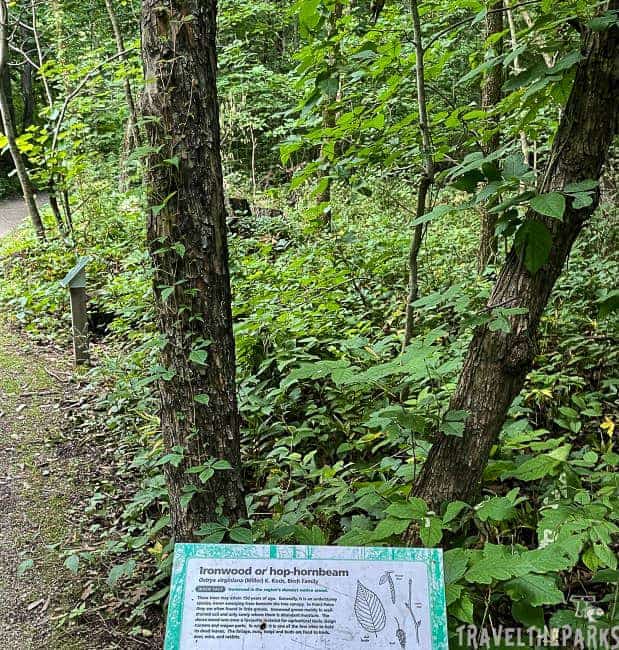
Trail crosses red cedar savannah, dry forest and swamp forest. Red cedar savannah has scattered trees with arid soils. This fire dependent habitat is vital for the eastern fox snake and monarch butterflies. I saw a few monarch butterflies in a small patch of milkweed near the Cactus Field footpath. The footpath takes you through eastern savannah and delicate eastern prickly pear cactus habitat. There are only two places left in Canada where you can find the prickly pear. Later, the trail passes the Point Pelee cemetery. Many of the headstones are homesteaders who lived and died in the area.
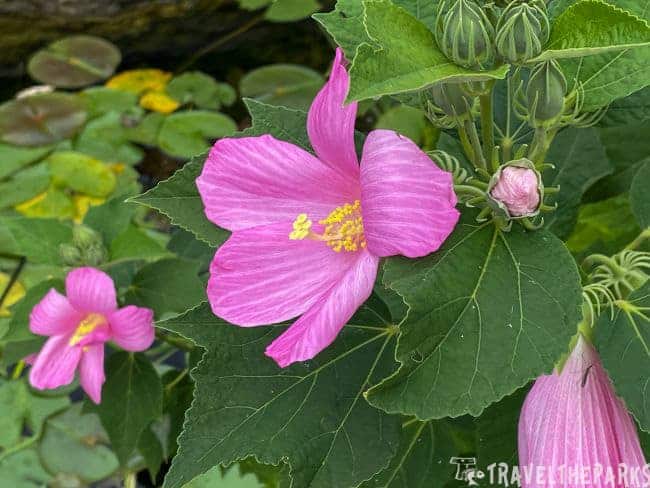
Top Things to Do in Point Pelee National Park: Explore the Woodland Nature Trail
We were the only ones at the visitor center early morning. The 1.8-mile trail has a self-guided booklet that is available at the visitor’s center. This trail we experienced the peace of the woods. We could only hear songbirds. The 1.8-mile (2.5 km) looping path is wide, crushed gravel with informational signs identifying many of the trees that line the trail. It is the oldest deciduous forest in the park hosts many giant black walnut, ironwood, white ash, tuliptree and hackberry trees. The Carolinian (deciduous) flora and fauna thrive here because of the warm, mild climate. We heard a Gray Catbird meowing much like a cat as we moved through the forest. The Botham Tree Trail is a short offshoot that can be combined with the Woodland Nature Trail.
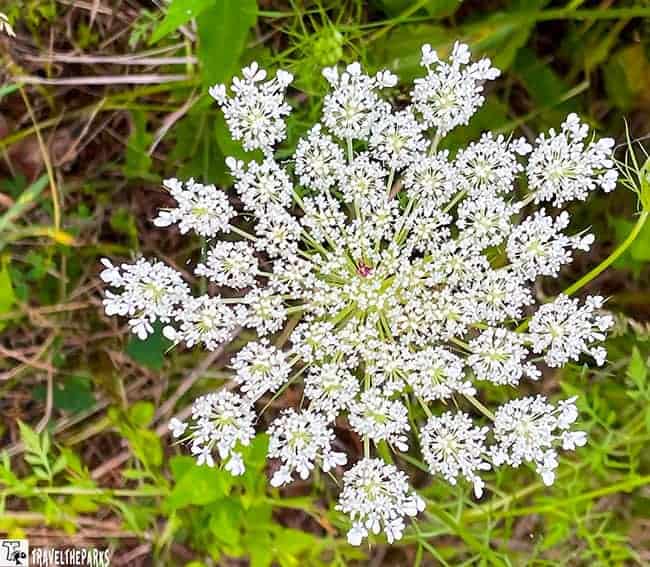
We did not deviate from the path in fear of getting ticks. The mosquitoes were veracious if you stopped for an extended period. Just keep on moving and you don’t need to worry about them.

Walking The Tip Trail & Visiting the Exhibit: A Point Pelee Must-See
The road from the Visitor Center to the tip is closed to all vehicles. You can walk or bike the 2.5 km to the tip, however there is a free shuttle provided starting at the visitor center. The shuttle service is available from April to October, departing every 15 minutes. We walked down the road, getting an early start before the shuttle was running. It was incredibly quiet and just enjoyed the solitude. A few bikers and runners passed by, but otherwise it was me and mom and the birds.
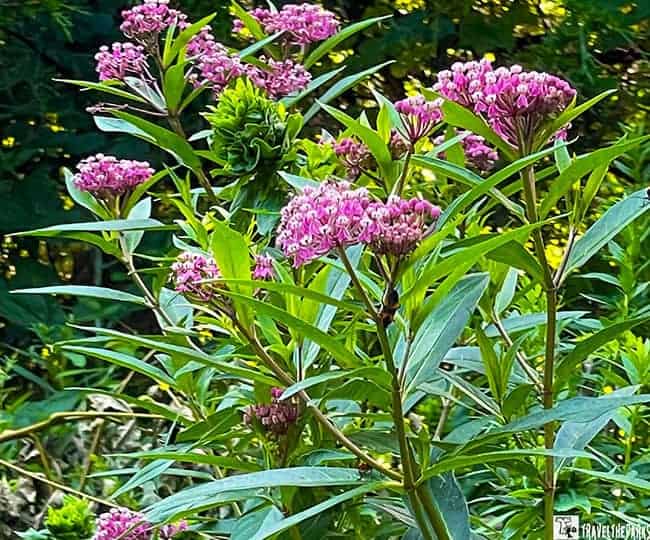
Where the shuttle stops is the beginning of the Point Pelee Tip and East Point Beach trail. There is an educational exhibit on bird migration inside the “TIp of Canada” shelter. The 0.8-mile gravel trail follows the east shoreline. We stopped for pictures at the 42nd parallel. You find here some of the most rare plants and animals because of the mild climate. The 42nd parallel lines with Northern California, Rome and Barcelona. The gravel trail follows the shoreline through the Carolinian forest before it opens to reveal the “point.”

Nature’s Transformation: How Change Happens at Point Pelee
Due to wind and waves, the tip is constantly changing. It was not what I remembered from my time here in high school. The tip seemed to be much longer. I learned that much of the tip was washed away in the winter of 2006, however it continues to shift, growing, or lengthening, depending on water levels.
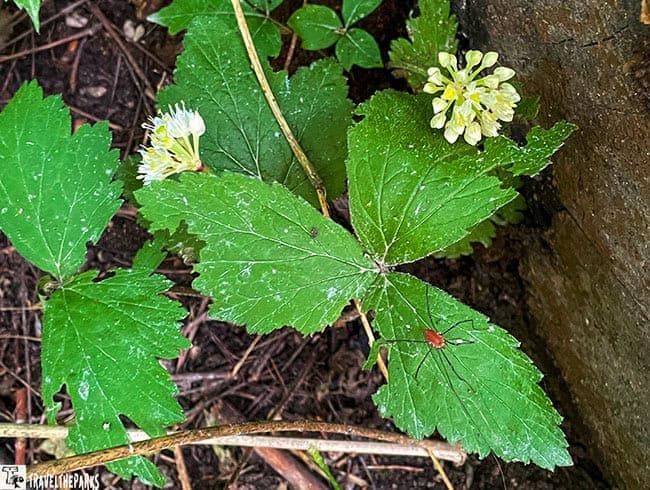
As we approached the tip, we saw many resting Bonaparte seagulls. The birds disbanded as we scrambled over the large boulders protecting the edge of the trail. There were waves on the eastern side beach and the western side was smooth. You could see that the point extended further into the lake under the water. Rough currents and waves washed over the top. You could see why signs warning swimmers of the dangers of undertows. A small sign tells the tale of those that have been dragged into the current and drown.
NOTE: A powerful undertow is ALWAYS present off Point Pelee’s Tip. Swimming or wading at the Tip is NOT PERMITTED and very dangerous because of strong currents.

The most interesting spot is the 100 foot tall tower. The new observation tower offers spectacular panoramic views of “The Tip of Canada.” I climbed the 5 stories to gazing over the expanse of Lake Erie. I could see Point Pelee Island and a passing cargo ship in the distance. The tower is impressive and was not there the when I made my high school trip so many years ago. Not sure it is a positive addition or not? Guess I am being nostalgic.

Unwind at One of the Best Attractions in Point Pelee: 20 Miles of Gorgeous Beach
Point Pelee National Park offers beautiful beaches. The most popular beaches are Northwest beach and West beach. We made a brief stop at the northwest beach area. They have a newly constructed pavilion that can be rented for large gatherings. The facilities include propane BBQ, prep kitchen and fire pit. We also saw some ropes activities for families with kids. The beaches are a great place to photograph a stunning sunset.
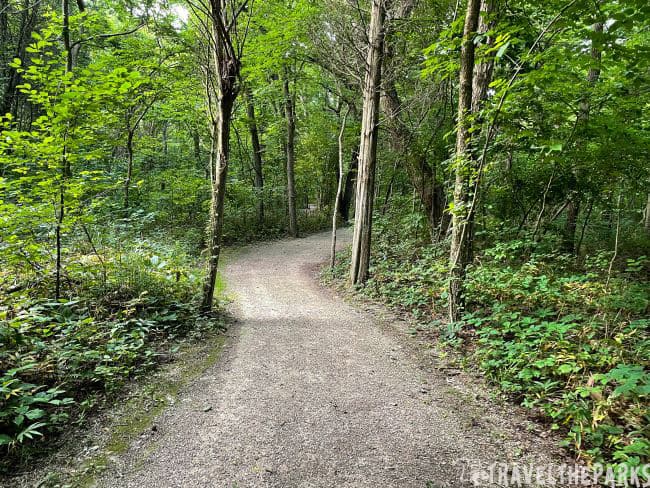
The Dunes, like many other beaches, are composed primarily of glacial sand. The pebbly sands are not the greatest for building sand castles, however, I loved the feel of them on my bare feet. It was delightful wading through the cool water. Quite refreshing in the tropical sun. The eastern side seems to have more wind and waves than the west side beaches.
Interesting Fact: The dune area is an important ecological habitat for the Five-lined skink.
We lost track of time and realized it was time for lunch. The best place to eat just outside the park is Freddys. You can find it just outside the park. They filled their outdoor seating area with flowering plants. The perch tacos are absolutely amazing, not to mention the fries with gravy.

Discover the Centennial Hike and Bike Trail
The trail begins at the Orientation Area and runs 2.5-mile (6 km) to the visitor center parking lot. Like many other trails in the park, it is composed of hard pack limestone and is well-maintained. The trail passes through marsh, dry forest, cedar savannah, swamp forest and beach. You cannot ride your bike on the boardwalks. They allow bicycles to ride to the Tip Exhibit area but must yield to the tram and walkers on the road. A downloadable map is available. Bike rentals are available from the Friends of Point Pelee at the Nature Nook Gift store.

Experience the Magic of Dark Sky Nights
Explore the park after dark and experience the dark skies of Point Pelee. It was Canada’s first national park to receive this distinction in 2006.
On dark sky nights, the park is open till midnight. The dates are available on the park website. Take along a star chart or download a star gazing app, and a pair of binoculars, or telescope. West Beach and the Visitor Centre parking lot are the best car-accessible stargazing locations.

Best Tips to Make the Most of Your Point Pelee Adventure
- All visitors must dispose of waste properly in garbage bins, clean up their picnic sites, and never leave food unattended.
- Stay on marked trails or footpaths.
- Don’t speed. Follow all posted speed limits. Turtle nesting boxes line much of the road.
- Stable Fly season. This species loves to feast on people wear long pants. Bug sprays do not work.
- They found four species of ticks in the park. The mosquitoes can be horrendous, so bring bug spray for the wooded trails.
- Bring a day pack so you can carry rain gear, sunscreen, sunglasses, food and water.

Best Place to Stay in the Park
Stay at Camp Henry
They offer rentals called “oTENTik.” They rent A-frame cabins/tents with a canvas roof on a raised platform that is available year-round. You can make a reservation by visiting https://www.pc.gc.ca/en/voyage-travel/reserve. The decently equipped oTENTiks have a good amount of space in them. The cabin came with room to sleep 6, a dining table, chairs, two standing fans (no AC), container of water, dinnerware, cookware, a natural gas BBQ and picnic table. Provide your own bedding and they do not have a refrigerator.
Most of the campsites within the park are private and are surrounded by wooded natural areas.

Final Thoughts: Spectacular Point Pelee National Park Offers it All
What an amazing experience! Whether you are visiting Point Pelee National Park, overnight or just for the day, it has lots to offer. Point Pelee National Park appeals to all ages. I have had the pleasure of visiting many National Parks during my childhood in living in Ontario, but I consider Point Pelee one of my favorites. It is one of the most beautiful parks in Ontario, regardless of what season you will visit. Point Pelee reminds me of some beaches in the Florida Keys. If you want to escape from life and relax for a few hours, then Point Pelee National Park is just the ticket.
Point Pelee offers something for everyone. Have you been to Point Pelee national park? Share your experience- comment below. What did you like best?

